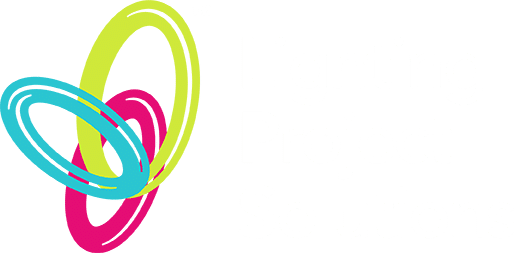Floodlights are the all-rounder of outdoor lighting. They are the perfect candidate for virtually all outdoor applications that require directional illumination over a defined zone, on a budget.
You can spot floodlights in various locations, from car parks to sports grounds, providing area lighting, accent lighting, or task lighting. What’s more, they are ideal for security, offering good colour rendering and visibility in high-risk areas – worth noting when lighting traffic routes within industrial sites and for CCTV.
Traditionally energy-hungry with high running costs, LEDs changed the game. With a wide selection of beam outputs and lumen packages, plus flexible optical aiming capability and mounting, floodlights now provide an efficient solution at a fraction of the running cost of traditional lamps.
One of their most frequent and energy-intensive applications is industrial general-purpose area lighting. Below we define the key things you need to know before diving into a project.
First up, be sure to define the following: the task area, where you’re going to install /locate your floodlights, and the required light distribution.
All great floodlighting projects should:
Use the appropriate amount of light for the task
What are you lighting? How much light you need depends on the task at hand.
Take a look at the guidance below for direction.
Light level recommendations
Table 5.7 – Industrial sites and storage areas. Extract from BS EN 12464-2:2014. Lighting of work places.
Be unobstructive and glare-free
Safety should be the primary concern when mounting your floodlight. Choose a position that minimises disability glare and obstruction to the users of the space.
The idea is to design for an appropriate horizontal illuminance at ground level. Then map any obstructions (temporary or permanent to finalise the mounting height and location to minimise shadows.
Mounting heights are typically 6-20m but should be defined based on the space and its use. Wall mounting is also an option if space is of a premium.
The relationship between mounting height and the depth of the area to be lit is important and should be balanced to meet your lighting objectives. For uniformity, opt for a higher mounting height; this requires fewer columns. However, if average illuminance is your measure, remember the inverse square law – the higher the columns, the lower the intensity.
Avoid light pollution
Today spilt light, light trespass, and skyglow (light pollution) are a growing concern. Poorly designed floodlight schemes are big contributors to the problem. High levels of uncontrolled light are a major downfall to a scheme’s success and cause disturbance to both humans and wildlife. Light pollution wastes energy (and money) and contributes to climate change.
A suitable floodlight will use optics, reflectors, or accessories which control glare and achieve 0% ULOR, resulting in zero light pollution and negative impact on the surrounding environment.
For further assistance with your floodlight scheme, contact the team today.
Our recommended product




